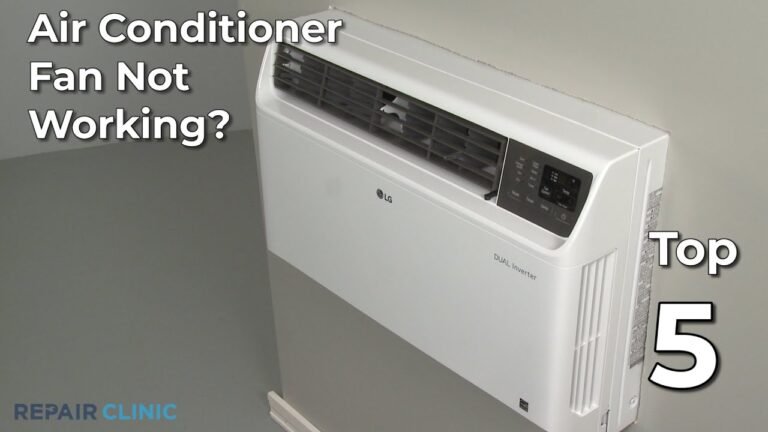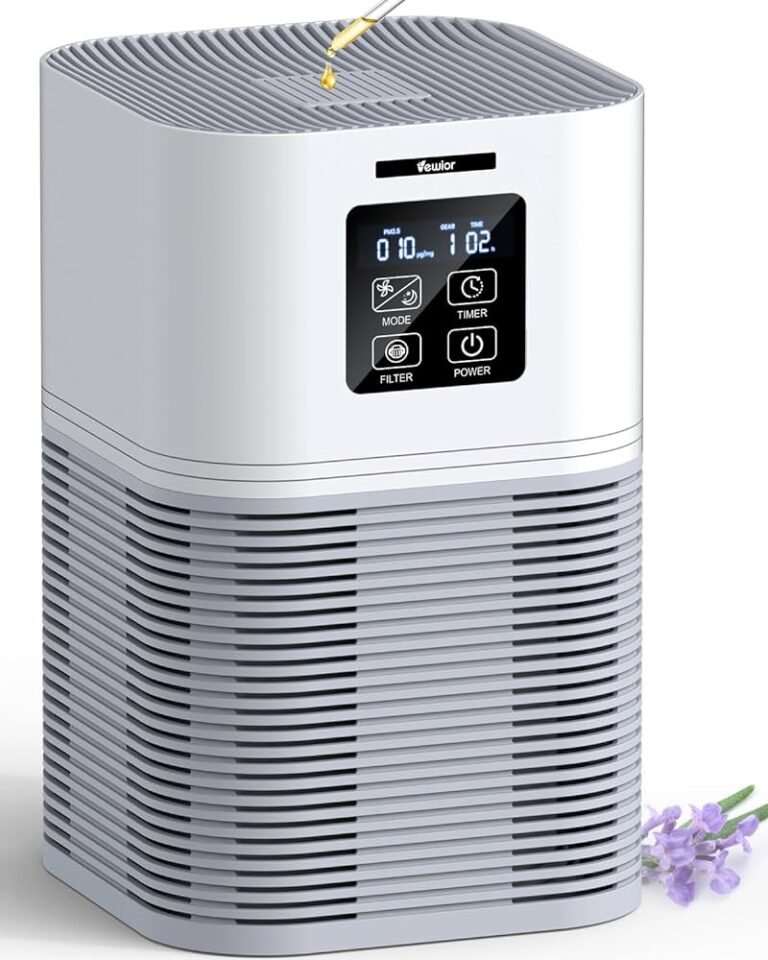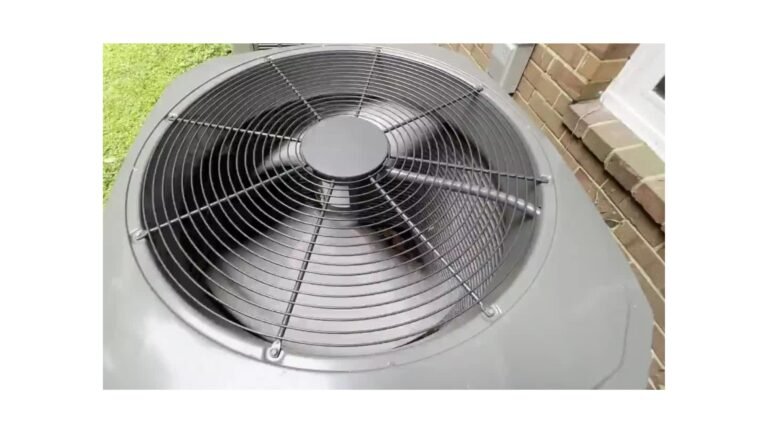What is Head Pressure in HVAC? Unraveling the Mystery
Head pressure in HVAC refers to the pressure generated by the gas compressor in an air conditioning system. This pressure is influenced by factors such as the size and speed of the condenser fan, the condition and cleanliness of the condenser coil.
It is important to maintain head pressure within a reasonable range to ensure the proper functioning of the HVAC system. Failure to do so can lead to issues with the system’s performance. Head pressure is also known as discharge pressure or high side pressure in HVAC terminology.
By understanding head pressure and its causes, technicians can diagnose and address any problems that may arise in an HVAC system.
What Is Head Pressure In Hvac?
| What is Head Pressure in HVAC? |
| Definition and significance of head pressure in HVAC: |
| The output side of the compressor in an HVAC unit generates this pressure, and it can be affected by many variables. For instance, the condenser fan’s size and speed can play into the head pressure, as can the condenser coil’s overall condition and how clean it is. Head pressure is a specific type of pressure used in pump systems. It is a measurement of the height difference between the fluid being moved and the discharge point. Discharge pressure (also called high side pressure or head pressure) is the pressure generated on the output side of a gas compressor in a refrigeration or air conditioning system. Low condensing (head) pressures occur when there is a reduced heat load on the condenser, resulting in lower pressures and temperatures. Head pressure is the pressure generated by the gas compressor of your air conditioning system. |

Credit: www.amazon.com
Factors Affecting Head Pressure In Hvac
Head pressure in HVAC refers to the pressure generated by the gas compressor in an HVAC unit. This pressure is influenced by various factors, including the size and speed of the condenser fan. A larger and faster condenser fan can result in higher head pressure. Another factor is the condition and cleanliness of the condenser coil. A dirty or damaged condenser coil can restrict airflow, leading to increased head pressure.
It is important to maintain the condenser fan and coil to ensure optimal performance and avoid issues related to head pressure. Regular cleaning and inspection of the coil can prevent dirt buildup and airflow restriction. Additionally, checking and adjusting the speed of the condenser fan can help regulate the head pressure.
Proper management of head pressure is crucial for the overall efficiency and longevity of an HVAC system. Monitoring and addressing any issues related to head pressure can help optimize cooling and ensure the system operates effectively.
Understanding Head Pressure In Pump Systems
The head pressure in HVAC refers to the pressure generated by the gas compressor in an air conditioning system. It is a crucial measurement that helps determine if there are any issues with the refrigerant. Head pressure is affected by various factors, such as the size and speed of the condenser fan, the condition and cleanliness of the condenser coil, and other variables. It is important to keep the head pressure within a reasonable range, as high head pressure can indicate a problem with the system. On the other hand, low condensing pressures can result from reduced refrigerant flow rate to the condenser. Understanding head pressure in pump systems involves measuring the height difference between the fluid being moved and the discharge point. This measurement is used to determine the efficiency and performance of the pump system.
Alternative Terminology For Head Pressure In Hvac
Discharge pressure in a refrigeration or air conditioning system refers to the pressure generated on the output side of a gas compressor. It is also known as high side pressure or head pressure. This pressure is produced by the compressor in an HVAC unit and can be influenced by various factors. The size and speed of the condenser fan, as well as the overall condition and cleanliness of the condenser coil, can affect the head pressure. Low condensing (head) pressures may occur due to short-cycling of discharge gases, resulting in reduced heat load on the condenser. Monitoring the head pressure of your air conditioning system is essential to detect potential refrigerant issues. High head pressure can indicate problems that need attention.
Low Head Pressure Hvac Issues
| Low Head Pressure HVAC Issues |
|
The output side of the compressor in an HVAC unit generates head pressure, which can be affected by various variables. For instance, the size and speed of the condenser fan, as well as the overall condition and cleanliness of the condenser coil, can play a role in head pressure. Low condensing pressures may occur due to a reduced heat load on the condenser, resulting in low refrigerant flow rate and decreased condensing pressures and temperatures. It is important to diagnose and address low head pressure issues as they can impact the performance and efficiency of the HVAC system.
Frequently Asked Questions On What Is Head Pressure In Hvac
What Causes Head Pressure Hvac?
Head pressure in HVAC is caused by variables such as condenser fan size and speed, the overall condition and cleanliness of the condenser coil, and the output side of the compressor in the HVAC unit.
What Are Head Pressures?
Head pressure is the pressure generated by the output side of the compressor in an HVAC unit. It can be influenced by various factors such as the size and speed of the condenser fan, the condition of the condenser coil, and its level of cleanliness.
What Is Another Name For Head Pressure In Hvac?
Head pressure in HVAC is also known as high side pressure or discharge pressure. It is the pressure generated by the compressor’s output side in an HVAC unit. Various factors, such as the size and speed of the condenser fan and the condition of the condenser coil, can affect head pressure.
What Is Low Head Pressure Hvac?
Low head pressure HVAC refers to a condition in which the condensing (head) pressures in the system are reduced. This can be caused by factors such as low refrigerant flow rate and reduced heat load on the condenser. Diagnosing this issue is important to ensure proper functioning of the HVAC unit.
Conclusion
Head pressure in HVAC refers to the pressure generated by the gas compressor in an air conditioning system. It can be influenced by various factors, such as the size and speed of the condenser fan, the overall condition of the condenser coil, and its cleanliness.
High head pressure can be a cause for concern, while low head pressure can indicate reduced refrigerant flow. Understanding and monitoring head pressure is essential for maintaining optimal HVAC performance.







